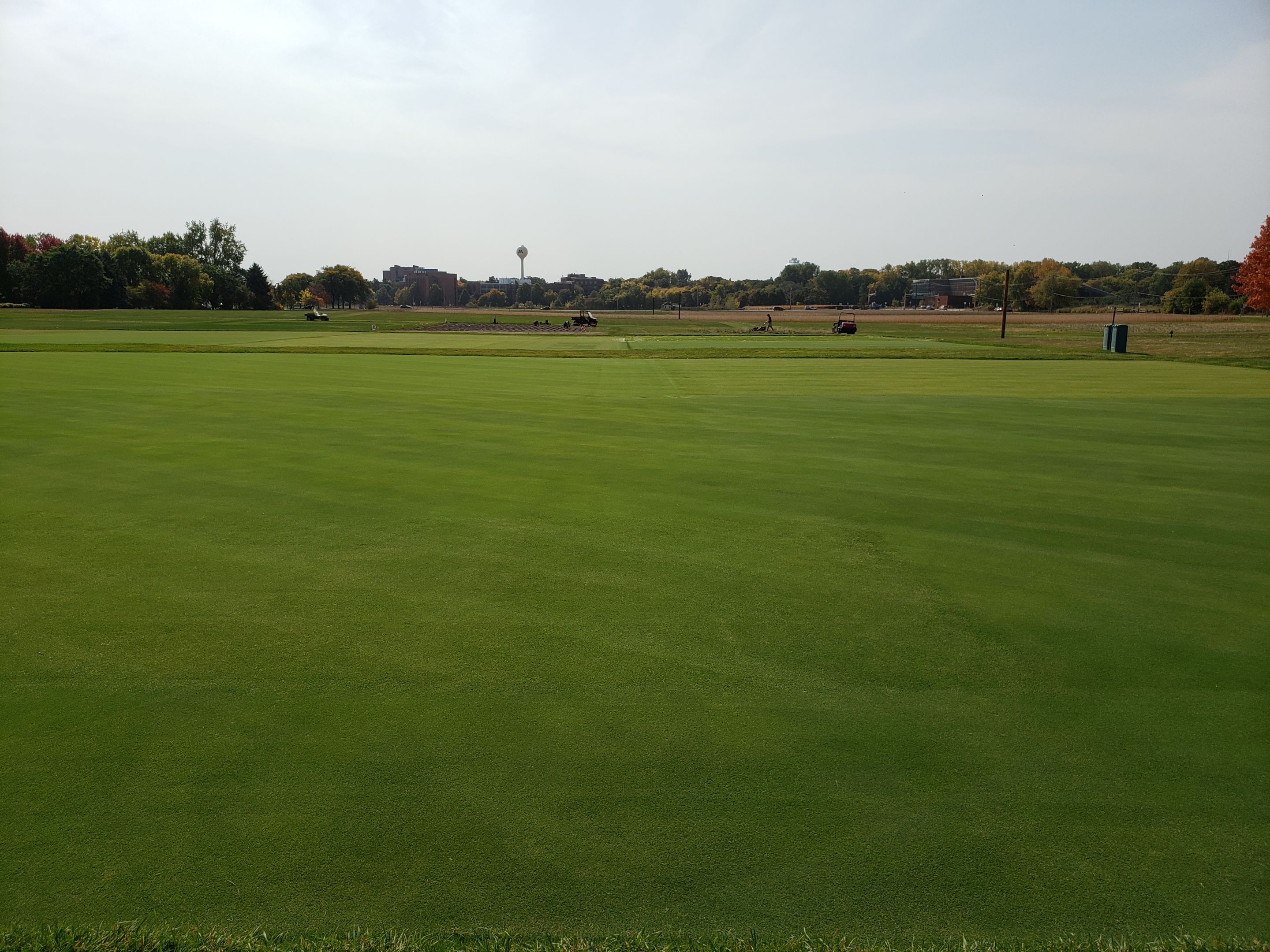By Gary Deters
Raise your hand if you thought this was going to be an article about the latest University of Minnesota variety or cultivar of tree. What I am referring to is the tree of learning that extends from the educators and researchers at our university.
When I had my in-person interview with the turfgrass research team, I had the opportunity to walk the hallways of Alderman Hall for the first time in twenty years since I was a turf student. It brought back some great memories of Dr. Don White and my horticulture classmates. Dr. White was a fantastic turfgrass professor, but better yet, he was a very kind and caring person.
There are a large number of people in the turf industry today who took a turfgrass management class taught by Dr. White including researchers, professors, landscape designers and managers, turfgrass breeders and many other occupations. There are also current and past golf course superintendents like myself all over the country who are former University of Minnesota turfgrass students. I consider this to be Dr. White’s teaching tree.
The first time I heard a tree referred to something other than a living tree was from the National Football League. Bill Walsh was the three-time Super Bowl winning head coach of the San Francisco 49ers from the 1980s. Their success led to coaches moving on to other teams in the head coaching capacity. It was called the Bill Walsh coaching tree. During my years as an assistant and golf course superintendent, I had several staff members that pursued a turfgrass career. Today I can proudly say two are golf course superintendents and a few others are in assistant roles. It is a nice feeling to know I had a role in their decision to enter the industry. I like to think I have at least a little tree growing.
It has been quite a few years since I graduated, and in that time, the turfgrass science team at the University of Minnesota has had previous educators creating wide-reaching branches including Dr. Brian Horgan and Sam Bauer to name a few. While there are fewer undergraduate turfgrass students, it amazes me how much the program has grown since I was a student. The on-campus Turfgrass Research, Outreach and Education Center (TROE) has become a place where career goals and dedication are met with the passion of improving turfgrasses and education (Figure 1). Dr. Horgan had a vision of an on-campus teaching facility that became a reality with initiative and generosity. I can’t even begin to know the number of people TROE has helped over the years (Figure 2). It is all a part of the education tree.
The current team from the research group led by Dr. Watkins includes Andrew Hollman, Dr. Florence Sessoms, Maggie Reiter, Dr. Dominic Patrella, Dr. Michael Barnes, Shane Evans, Ryan Schwab, and Kristine Moncada have a lot of great knowledge that can be shared with current and future turf students. Each team member has a special area they are working on and the work of the team is ever-evolving. The turf group has a lot of experience, both in the field and the greenhouse, which includes research, breeding and genetics, golf course management, low input turf (water and nutrients), journal publishing, and much more. Based on that alone, students will have an opportunity to pursue a program that fits directly into their career goals.
Every year the University of Minnesota turfgrass tree gets bigger and bigger. Now that I have become a part of the research team and see what is happening on a daily basis, I believe the opportunities for students to learn are at an all-time high.
So, now I can go back to the title of the article to answer the question, how big is our tree? It’s massive!
